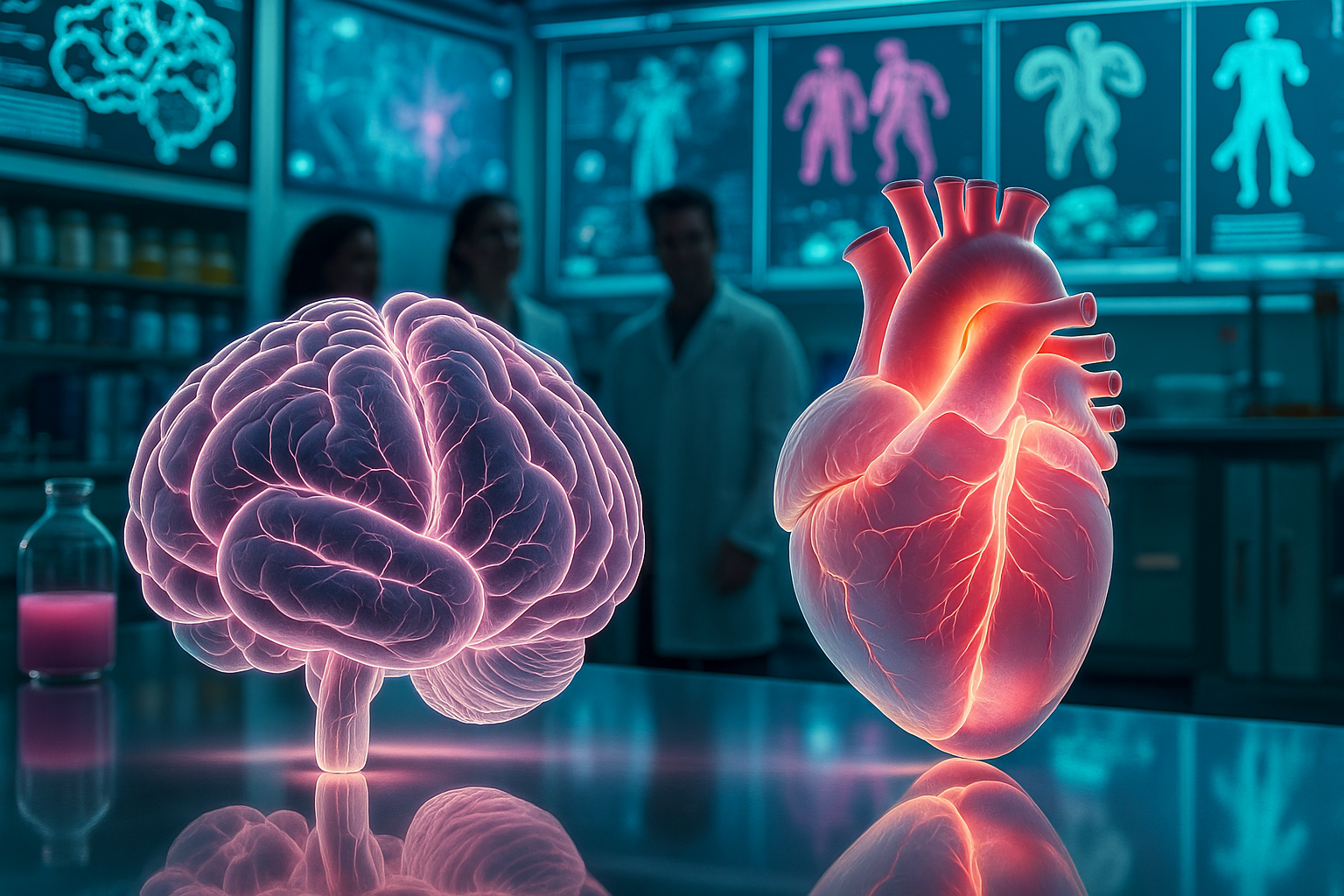A team of researchers led by Tsinghua University in China on August 16, 2025, unveiled a novel technique, termed ionic glass method, which renders organs such as the brain and heart transparent without damaging their intricate structures. The method, which leverages ionic liquids to transform biological tissues into a “glassy” state, promises to revolutionize the medical imaging and 3D reconstruction landscape.
What is Ionic Glass Technique?
The ionic glass process involves treating organs with ionic liquids—special solvents that remain liquid well below water’s boiling point. These fluids penetrate the tissues, transforming them into an ionic glassy state that maintains both shape and microstructure while enhancing transparency across a broad range of wavelengths. This is significant: unlike previous clearing methods that can distort or damage delicate tissues through shrinking, swelling, or freezing artifacts, the ionic glass process preserves morphological integrity.
Researchers report that one remarkable benefit of this technique is the dramatic increase in fluorescent dye brightness, boosting visibility by 2 to 30 times, making otherwise undetectable proteins, neural pathways, and other fine details shine vividly under imaging systems. The technique, as claimed by the researchers, has successfully revealed the micro-connectivity of human neurons, and even highlighted subtle differences in impulse control compared to non-human brains, all while facilitating long-term, crystal-free cold storage.
The technique, branded as VIVIT (Vitreous Ionic-liquid-solvent-based Volumetric Inspection of Trans-scale Biostructure), delivers what researchers describe as “X-ray vision” into organ interiors. This includes a built-in “navigation engine” that streamlines sample preparation, dye staining, and 3D reconstruction.
Industry Implications
Experts anticipate vast potential for this innovation in precision medicine, intelligent diagnostics, and especially in medical 3D-reconstruction, where fully intact, high-resolution 3D maps of organs could dramatically improve disease detection, research on neurodegenerative conditions, and surgical planning. As scientists continue refining the technology, its implications for the 3D medical imaging devices market are profound. With clearer, more accurate visualization of internal structures, ionic glass could accelerate diagnostics, reduce reliance on destructive sampling, and pave the way for advanced AI-driven imaging diagnostics. While the technology is still in early stages, its potential is huge. If it scales successfully, ionic glass could set a new standard in medical imaging.
















